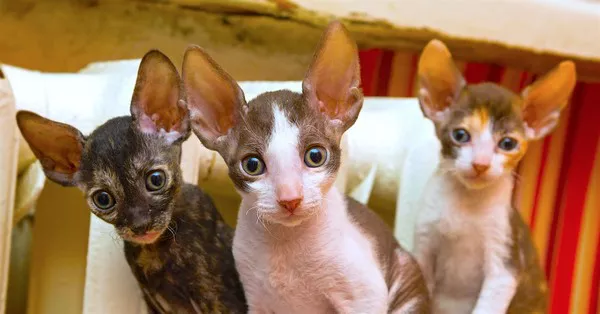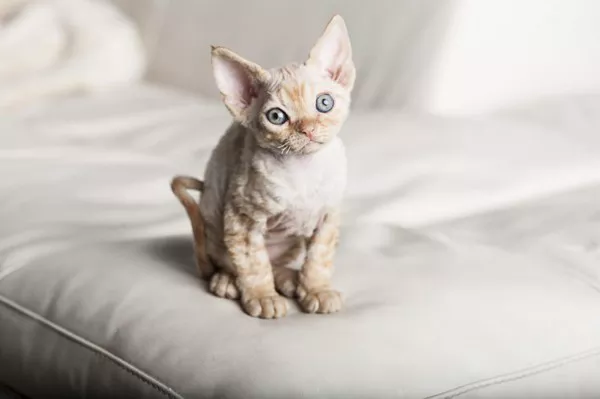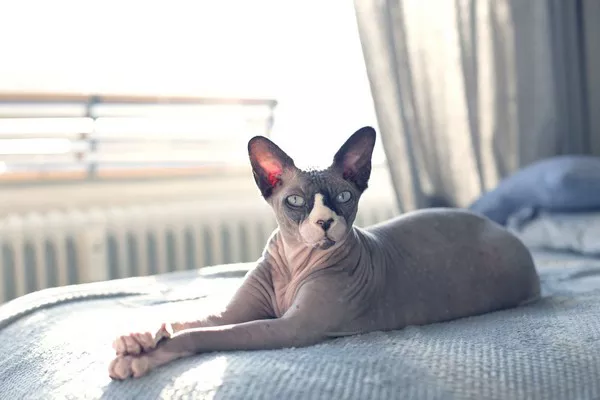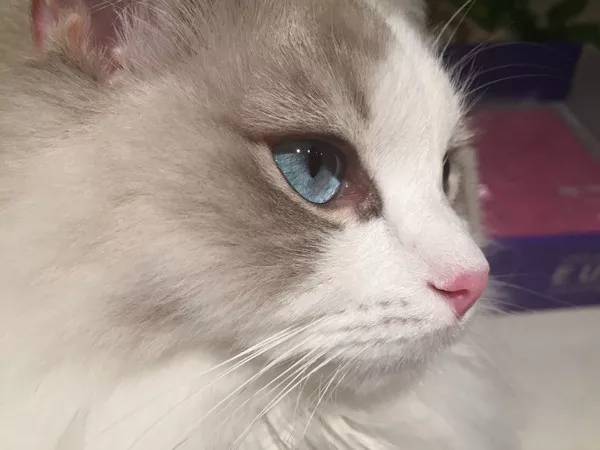The Cornish Rex, known for its unique curly coat, is a fascinating breed of cat that has captured the hearts of many pet enthusiasts. However, one common question among owners is when their Cornish Rex will develop its signature fluffiness. In this article, we will delve into the factors that influence coat development in Cornish Rex cats and shed light on when you can expect your feline companion to reach its maximum fluff potential.
1. The Nature of the Cornish Rex Coat:
The Cornish Rex breed boasts a distinct coat characterized by soft, wavy curls. Unlike other breeds, Cornish Rex cats lack the typical outer guard hairs and have only the down hair or undercoat layer. This unique genetic trait contributes to their velvety texture and exquisite appearance.
2. Kittenhood and Early Development:
When it comes to fluffiness, Cornish Rex kittens are born with a certain amount of waviness in their fur. However, they may not exhibit their full fluff potential until they reach adulthood. As they grow, their coats gradually develop and undergo changes in texture and curliness.
3. Development Timeline:
The timeline for a Cornish Rex to achieve maximum fluffiness can vary from cat to cat. Typically, the most significant changes in their coat occur between the ages of 6 months to 2 years. During this period, you may observe the gradual emergence of tighter and more defined curls.
4. Nutritional Factors:
A well-balanced diet plays a crucial role in promoting healthy coat development in Cornish Rex cats. Ensure that your feline friend receives a high-quality commercial cat food formulated to meet their specific nutritional requirements. Incorporating omega-3 fatty acids, such as fish oil, into their diet can also support overall skin and coat health.
5. Environmental Conditions:
The environment in which your Cornish Rex lives can impact the development of its coat. Factors like temperature and humidity levels may influence the curliness and fluffiness of their fur. In drier climates, you might notice a slight reduction in curl definition, while higher humidity can enhance the overall fluffiness.
6. Grooming Practices:
Regular grooming is essential to maintain the quality and appearance of your Cornish Rex’s coat. Brushing helps to remove loose hairs, prevents matting, and stimulates the skin, promoting healthy hair growth. However, keep in mind that excessive grooming or using harsh brushes can damage the delicate curls of a Cornish Rex’s coat.
7. Individual Genetic Variation:
Every Cornish Rex cat is unique, and genetic factors play a significant role in determining the development of their coat. Some individuals may have more pronounced curls and an earlier onset of fluffiness than others. The genes inherited from their parents and lineage can influence the timeline and extent of coat development.
8. Patience is Key:
It’s important to remember that each Cornish Rex develops at its own pace. While some cats may exhibit maximum fluffiness early on, others may take longer to reach their full coat potential. Patience is key when awaiting the maturation of your cat’s luxurious curls.
Conclusion:
The fluffiness of a Cornish Rex cat’s coat is a fascinating aspect of this unique breed. Understanding the factors that influence their coat development, such as genetics, nutrition, environment, and grooming practices, can provide insights into when to expect your feline friend to achieve its maximum fluffiness. Remember to cherish every stage of your Cornish Rex’s growth, and enjoy the journey as they transform into the beautiful, fluffy companion you’ve envisioned.



























